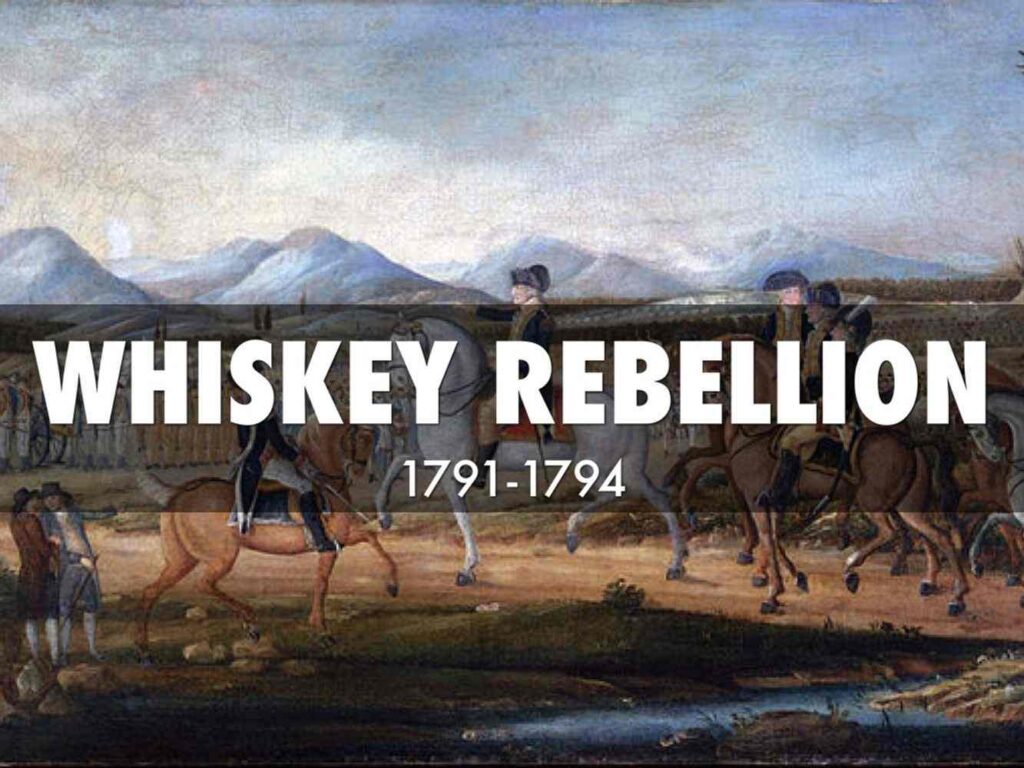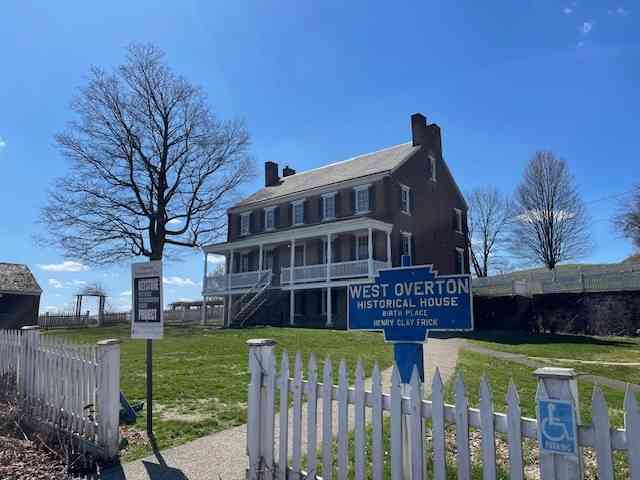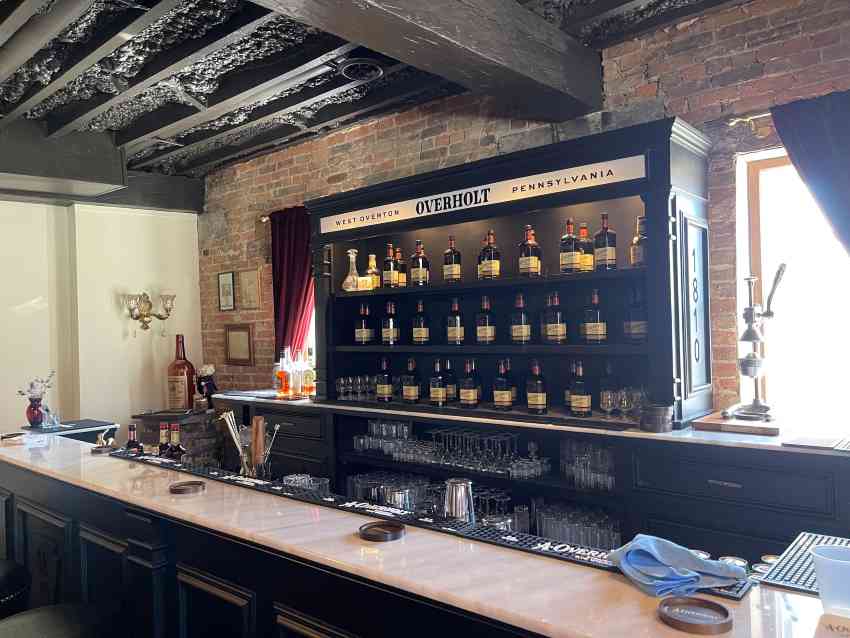

Related Posts
- All-Inclusive Resorts in Riviera Maya Have Many Free Activities
- Whiskey, History, and Heritage: Cultured Travel Whiskey Rebellion Tour
- Spend an Amazing Day at the Sian Ka’an Biosphere
- Excursions in Riviera Maya Mexico with Destino Riviera | Interview With Jaime Garcia
- How to Rescue Your Vacation at a “Bad” All-Inclusive Resort |Tips and Tricks
- Barceló Maya Grand Resort: The Best Beach at an All-Inclusive in Riviera Maya
Whiskey, History, and Heritage: Cultured Travel Whiskey Rebellion Tour

If you’re a history buff, a whiskey enthusiast, or someone who craves meaningful travel experiences that go beyond the usual tourist trail, mark your calendar for August 14-17, 2025. Cultured Travel invites you to join a one-of-a-kind journey into the heart of early American history with the Whiskey Rebellion Tour—an immersive, expertly guided exploration through the rolling hills of western Pennsylvania where America’s first major internal conflict unfolded.
This isn’t just a sightseeing trip. It’s a curated cultural experience, blending history, storytelling, scenic landscapes, and, of course, whiskey tastings at some of the most iconic and up-and-coming distilleries in the region. Here’s everything you can expect from this unforgettable summer escape. For details about the tour and to book your package, click here.
What Was the Whiskey Rebellion?


Before diving into the highlights of the tour, it’s worth understanding the backdrop. The Whiskey Rebellion, which peaked in 1794, was more than a protest—it was the first real test of the power of the new American federal government.
After the Revolutionary War, the fledgling U.S. government, under the leadership of George Washington and Treasury Secretary Alexander Hamilton, imposed an excise tax on distilled spirits to pay off war debts. The tax hit frontier distillers—mostly small-scale farmers in western Pennsylvania—the hardest. Many refused to pay, and some turned to violent resistance, culminating in a full-blown insurrection.

President Washington ultimately called up a 13,000-strong militia to put down the rebellion, proving that the new government had the authority to enforce its laws. The event remains a cornerstone in discussions of liberty, government power, and American identity.
Book a Tour with Cultured Travel
Now, in 2025, Cultured Travel is turning that pivotal moment in history into a dynamic travel experience. Your stay features accommodations at the historic William Penn Hotel in Pittsburgh, PA, includes a Cultured Travel tour director ensuring an exceptional travel experience, lecture and commentary by Timothy C. Hemmis, PhD, an Associate Professor of History with a specialization in Early American History at Texas A&M University-Central Texas, and more. Learn more about this fascinating tour and make your reservations now.
More about the Whiskey Rebellion, written by ChatGBT
The Whiskey Rebellion: America’s First Test of Federal Authority
In the early years of the United States, as the nation was finding its footing, a major conflict erupted that would test the power of the new federal government—The Whiskey Rebellion. Taking place in the early 1790s, this uprising of farmers and distillers in western Pennsylvania was not just a protest against taxes but a pivotal moment in American history that helped define the balance of power between federal authority and individual rights.
The Roots of Rebellion
The roots of the Whiskey Rebellion lay in the economic and political aftermath of the American Revolution. The newly formed United States had accumulated significant debt during the war, and Secretary of the Treasury Alexander Hamilton proposed a series of measures to stabilize the economy and assert the federal government’s power. One of his most controversial proposals was the imposition of an excise tax on domestically produced distilled spirits, passed in 1791.
For frontier farmers, especially those in western Pennsylvania, whiskey was more than a beverage—it was currency. With poor transportation infrastructure and limited access to eastern markets, these farmers often distilled their grain into whiskey, which was easier to store, transport, and trade. The excise tax disproportionately affected them, both financially and symbolically. Many viewed it as an unjust policy favoring wealthy eastern elites over struggling frontier communities.
Resistance Builds
As tax collectors began to enforce the law, resistance quickly spread. Many distillers refused to register their stills or pay the tax, and some formed vigilante groups to intimidate or harm government agents. The protests evolved into organized resistance, with meetings, resolutions, and increasingly bold acts of defiance. Tax collectors were tarred and feathered, threatened, and assaulted. Effigies of federal officials were burned, and mobs attacked courthouses and tax offices.
The rebellion reached a boiling point in July 1794 when a U.S. marshal arrived in western Pennsylvania to serve court summonses to delinquent distillers. A group of over 500 armed men attacked the home of tax inspector General John Neville, one of the main enforcers of the tax. Shots were fired, and several men were killed in the ensuing conflict. This event marked a significant escalation and caught the attention of President George Washington.
Washington Responds
George Washington, facing the first major domestic crisis of his presidency, recognized the rebellion as a direct threat to federal authority and the rule of law. Determined to assert the power of the new government, he invoked the Militia Act of 1792 and called up a militia force of nearly 13,000 men from several states—larger than the army he had commanded during most of the Revolutionary War.
In a dramatic move, Washington personally led the troops part of the way to western Pennsylvania, becoming the only sitting president to command troops in the field. While Washington eventually returned to Philadelphia, the force continued under the leadership of General Henry “Light-Horse Harry” Lee.
By the time the militia reached the rebellious areas, the insurrection had largely dissipated. Many of the rebels had fled, and those who remained offered little resistance. In the end, only a few men were arrested, and most were later pardoned. But the display of overwhelming force had made a clear point: the federal government had the will and the means to enforce its laws.
The Aftermath and Legacy
Although the Whiskey Rebellion was quelled without widespread violence, its implications were profound. It established an important precedent: that the U.S. government had both the right and the power to levy and collect taxes, and to respond decisively to domestic unrest. It also showcased the challenges of governing a diverse and sprawling nation with deep regional, economic, and ideological divides.
For Alexander Hamilton, the suppression of the rebellion was a vindication of his vision of a strong central government. For others, including Thomas Jefferson and his Democratic-Republican allies, it confirmed their fears of federal overreach and the potential for tyranny.
The tax itself remained unpopular and was eventually repealed in the early 1800s under Jefferson’s administration. However, the episode remained a potent symbol of the challenges faced by a new nation struggling to define its identity and governance.
Conclusion
The Whiskey Rebellion was much more than a tax protest—it was a critical moment in the early republic that tested the strength and legitimacy of the federal government. The way the rebellion unfolded and was resolved helped to shape the trajectory of American democracy and the balance of power between federal and state authority. It served as an early and powerful reminder that while freedom and liberty were the ideals on which the nation was founded, the rule of law and the authority of government were essential to its survival.
In many ways, the Whiskey Rebellion set the tone for future conflicts between federal authority and individual rights—a theme that continues to echo through American history. From civil rights struggles to modern debates over taxation and regulation, the questions first raised in the hills of Pennsylvania remain relevant today.

